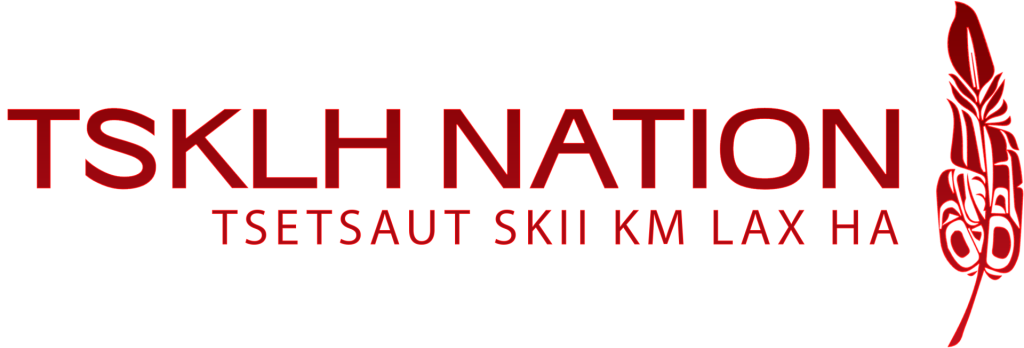The Enduring Legacy of the
Tsetsaut Skii km Lax Ha Nation
Our history in the northwestern watersheds of British Columbia spans thousands of years. We have lived on and cared for this land since time immemorial, and continue to do so today.

Ancient Origins
The Tsetsaut Skii km Lax Ha Nation traces its roots to the Laxwiiyip Tsetsaut people, within the Athapaskan-speaking family of Indigenous peoples, originating from the interior plateau of the Stikine watershed. The Laxwiiyip Tsetsaut spoke the Tsetsaut language.
The Laxwiiyip Tsetsaut organized themselves into kin groups, sometimes referred to as “houses.” Membership in a Laxwiiyip Tsetsaut kin group is matrilineal, and names, crests, authority, and territory are derived from the mother’s line. Laxwiiyip Tsetsaut kin groups lived together as a broader social, political, and economic community. Laxwiiyip Tsetsaut kin groups shared, amongst each other, common territory, resources, language, traditions, customs, and a collective identity. Each kin group used hunting and gathering territories under the direction of a Chief. Territorial succession passed through the matriline.
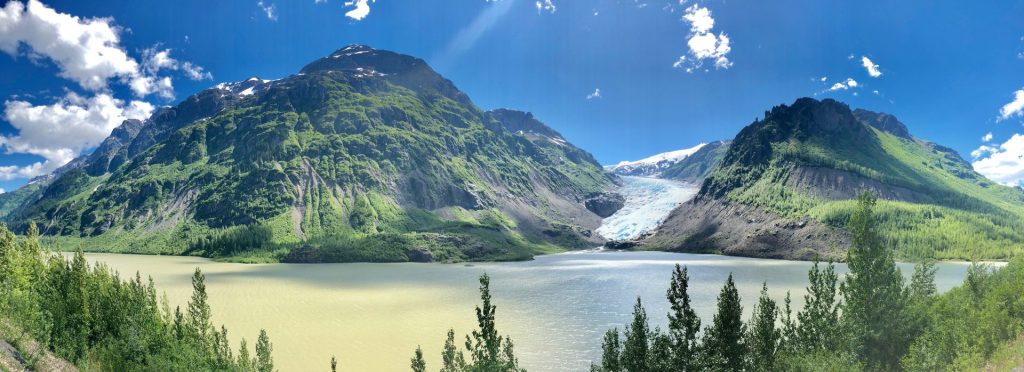
Early Settlements
Our Laxwiiyip Tsetsaut ancestors established villages throughout areas of the Nass River, Skeena River, Bear River, and Stikine River watersheds long before the arrival of Europeans.

Pre-Contact Era
Before European contact, our ancestors maintained a traditional lifestyle as skilled hunters and trappers, cultivating a deep knowledge of the land and its resources.
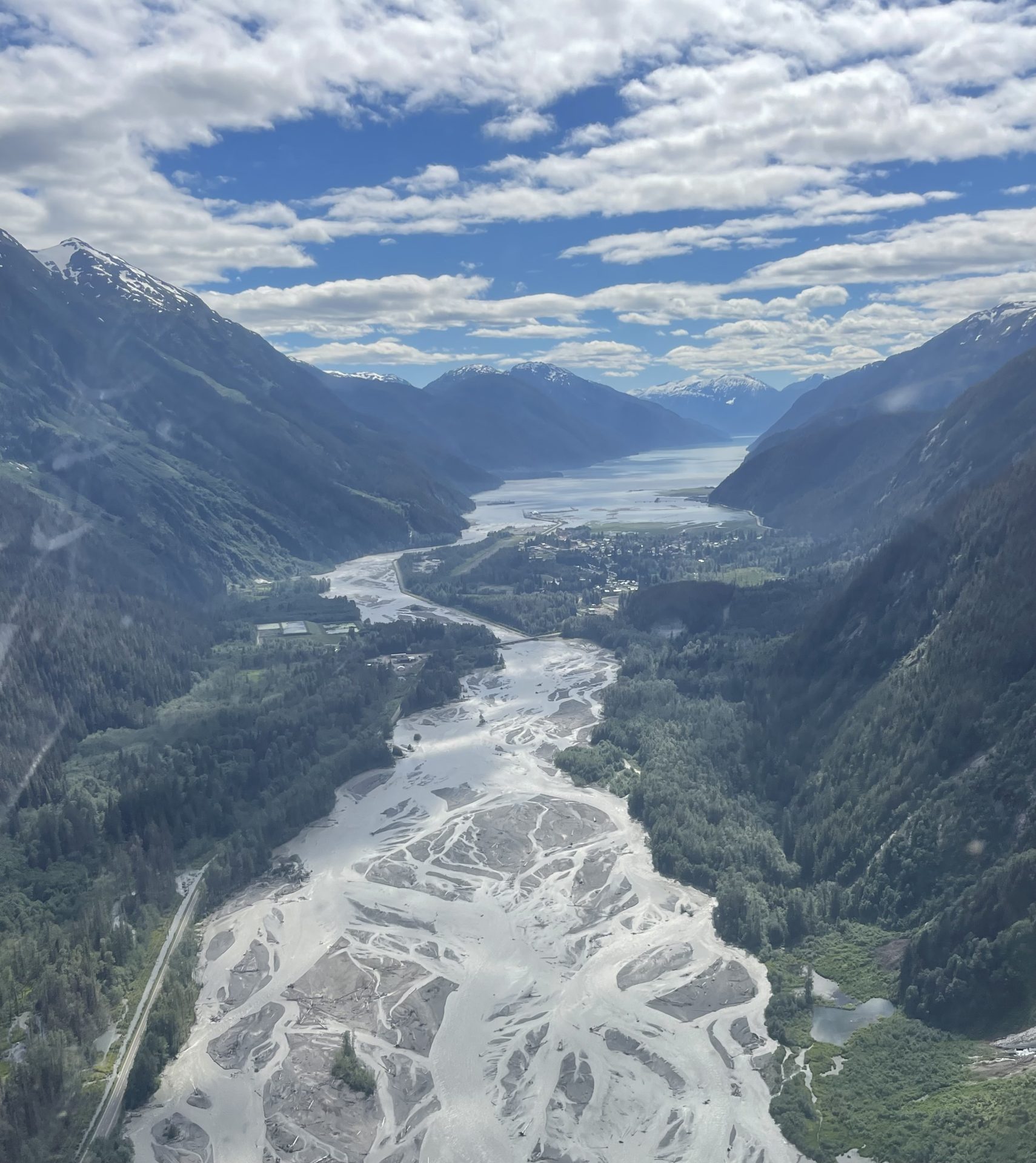
Early Contact and Fur Trade Period
The arrival of European fur traders in the late 18th and early 19th centuries began a period of disruption in traditional Indigenous lifestyles in northwestern British Columbia, including TSKLH Territory. This is also the time when the first written records were produced describing peoples and territories in the region. Over the past few decades, the Tsetsaut Skii km Lax Ha Nation has undertaken extensive archival and historical research to develop evidence and reports based on these written records, to complement and strengthen the knowledge contained in Indigenous oral histories.

19th Century Challenges
The 19th century was a period of significant upheaval, conflict, and disruption of traditional lifestyles. These pressures, combined with the changing economic landscape, led many of our ancestors to relocate for part of the year from the upper watersheds to downstream villages like Galdo’o and Gitanmaax. As documented in both the written historical record and oral histories, however, the Tsetsaut Skii km Lax Ha Nation and its ancestors never ceased to live from, defend, and steward TSKLH Territory.
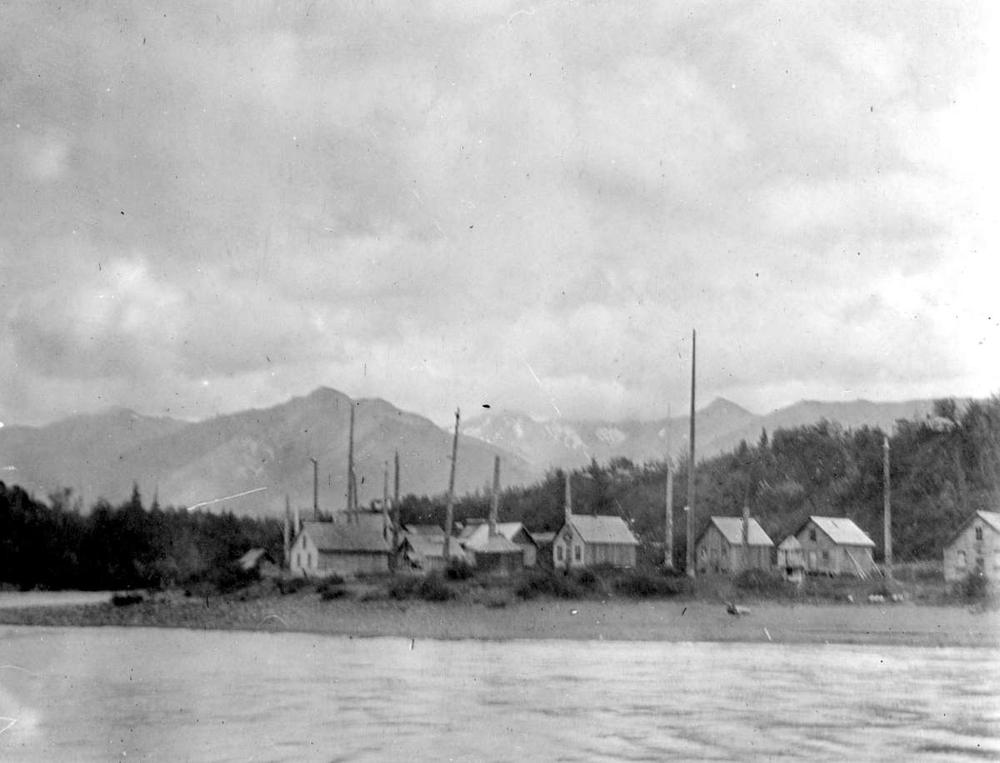
20th Century Transitions
In the early 20th century, the Tsetsaut Skii km Lax Ha Nation deepened some of its ties and relationships with its neighbour, including certain Gitxsan and Gitanyow groups, while maintaining its distinct Tsetsaut heritage and identity. Key figures in our history during this period include Johnson Nagun, who held the name Skii km Lax Ha until his death in 1908, and his brother Daniel Skawill, who held the name Skii km Lax Ha thereafter until his death in 1945. Johnson Nagun and Daniel Skawill played vital roles in preserving our traditions while adapting to the rapidly changing modern world.
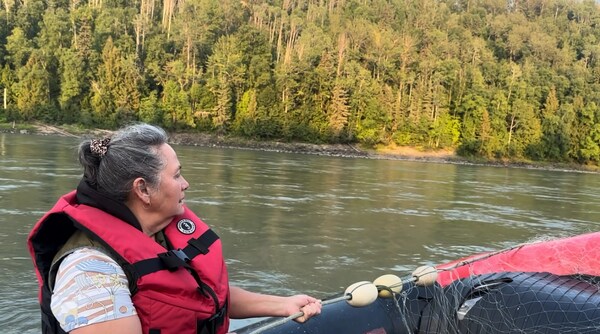
Protecting our Rights, Revitalizing our Community
Under the leadership of our current Hereditary Chief, Darlene Simpson (Skii km Lax Ha), we are actively working to reclaim and revitalize our unique cultural, historical, and political practices, and to defend our rights to our ancestral lands.
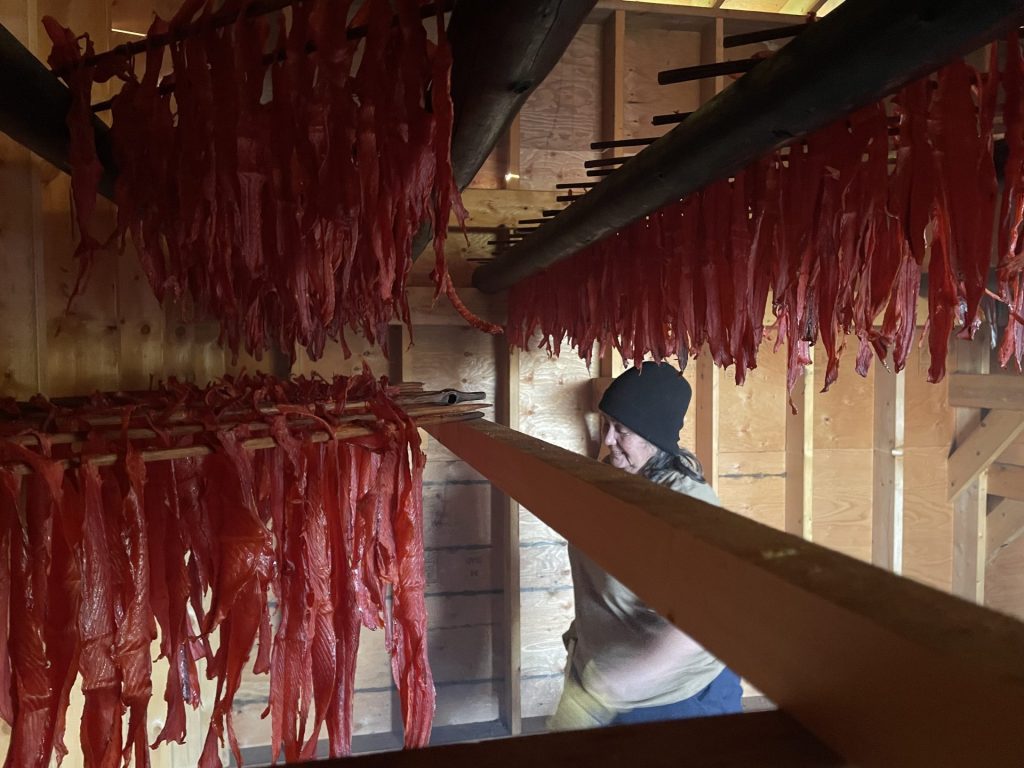
Present Day and Future
Today, the Tsetsaut Skii km Lax Ha Nation stands as an independent and proud First Nation, committed to preserving our heritage, sustainably managing our Territory, and creating a strong and resilient future for our people. We continue to engage with neighbouring First Nations, other governments, and industry to ensure our voice is heard and our rights are respected.
